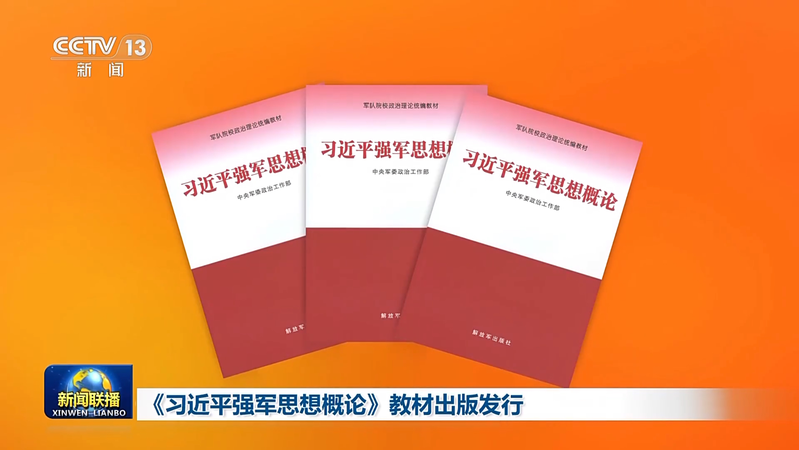Researchers from the Chinese mainland are making taste a measurable trait for the first time with a gel-based “chili meter” that quantifies spiciness in seconds. The device could transform food testing and even give robots a sense of taste.
How It Works
Inspired by milk’s soothing effect on pepper heat, the team at East China University of Science and Technology created a soft, stretchable gel infused with milk proteins. When it contacts capsaicin, the proteins bind to the compound, blocking ion flow and causing a drop in electrical current. Measuring this change within 10 seconds provides an accurate spiciness reading.
Beyond Chili
While the “chili meter” excels at gauging heat, it also responds to other pungent compounds—garlic, onions and ginger among them. This versatility opens doors for applications in:
- Food quality control: ensuring consistency in sauces, snacks and condiments.
- Medical diagnostics: monitoring capsaicin-based treatments or detecting inflammatory markers.
- Robotics and AI: bridging a major sensory gap in humanoid machines by giving them taste buds.
Future Flavors
In November 2025, researchers published their findings, and integration with robotics is already on the horizon. Hu Jing, the corresponding author, envisions smart kitchens and automated chefs using artificial taste sensors to ensure flavor precision and safety.
Imagine a chef-bot adjusting a curry’s spice level on the fly or a traveler checking street food heat before diving in. As AI and robotics advance, a firm grasp of flavor might be the next frontier.
With this innovative gel “tongue”, robots are one step closer to experiencing—and measuring—the flavors of our world.
Reference(s):
cgtn.com




